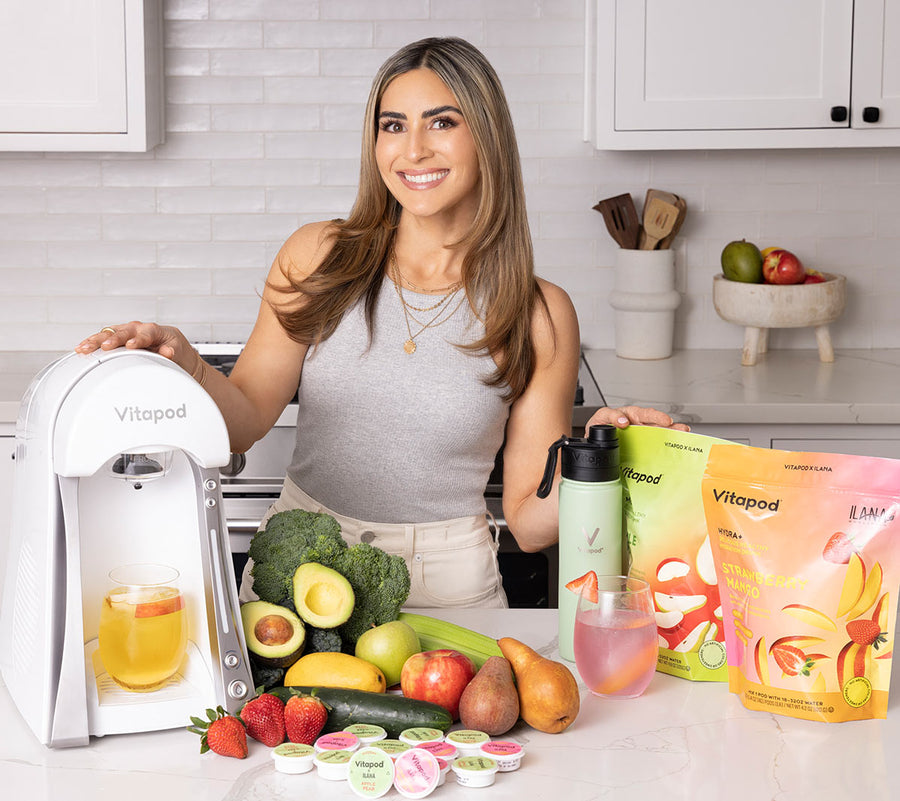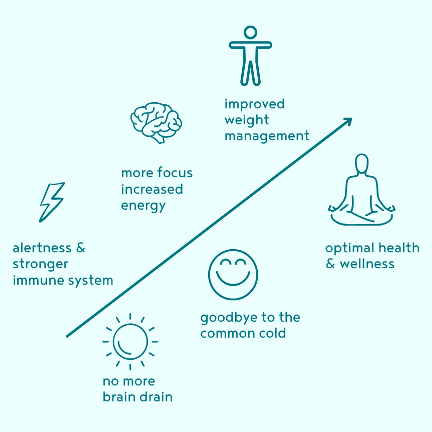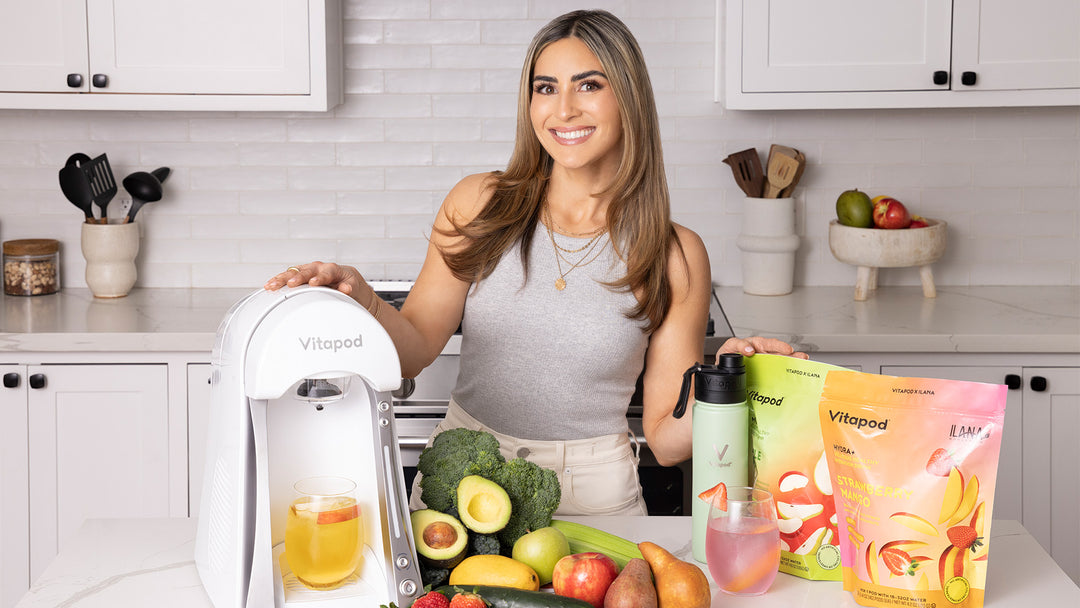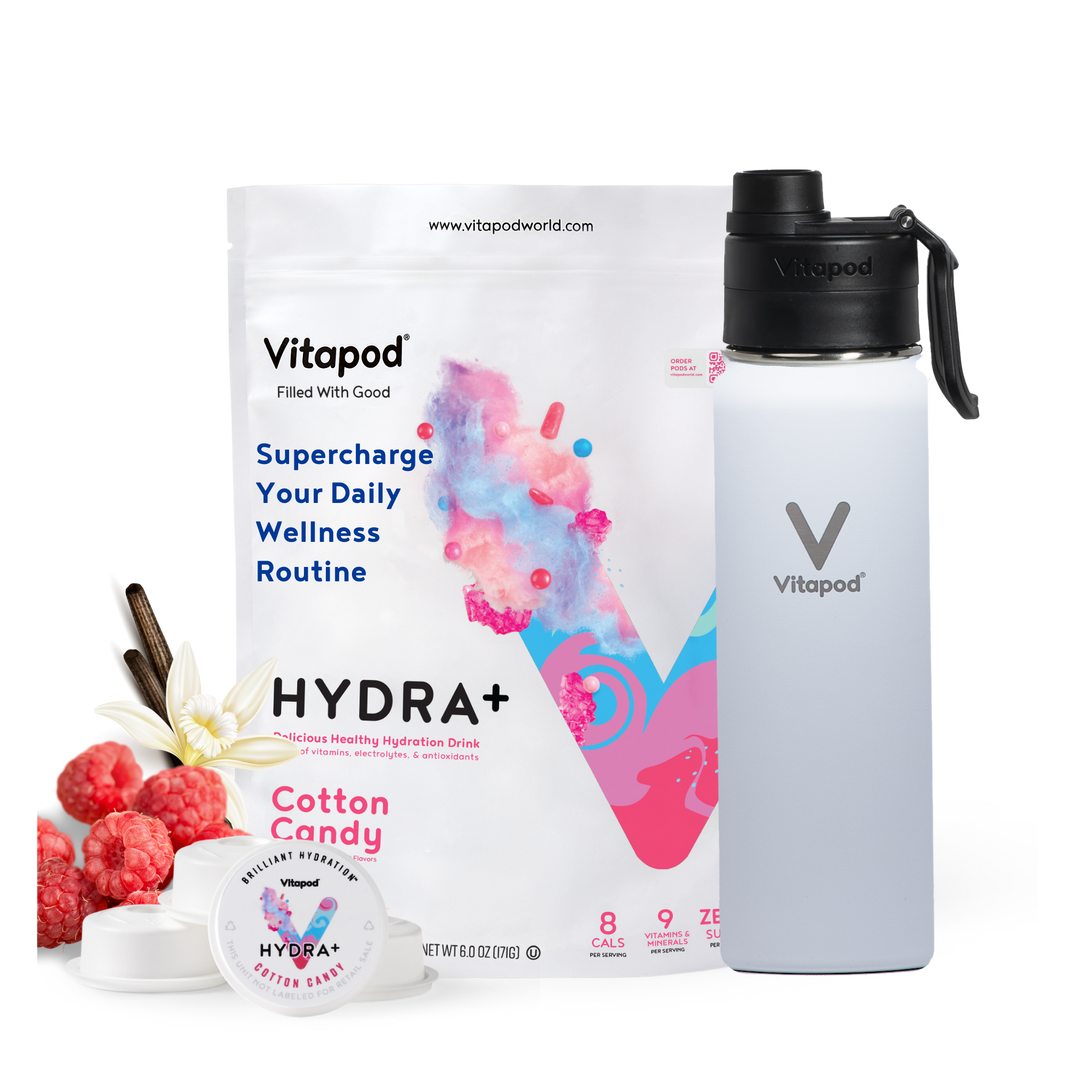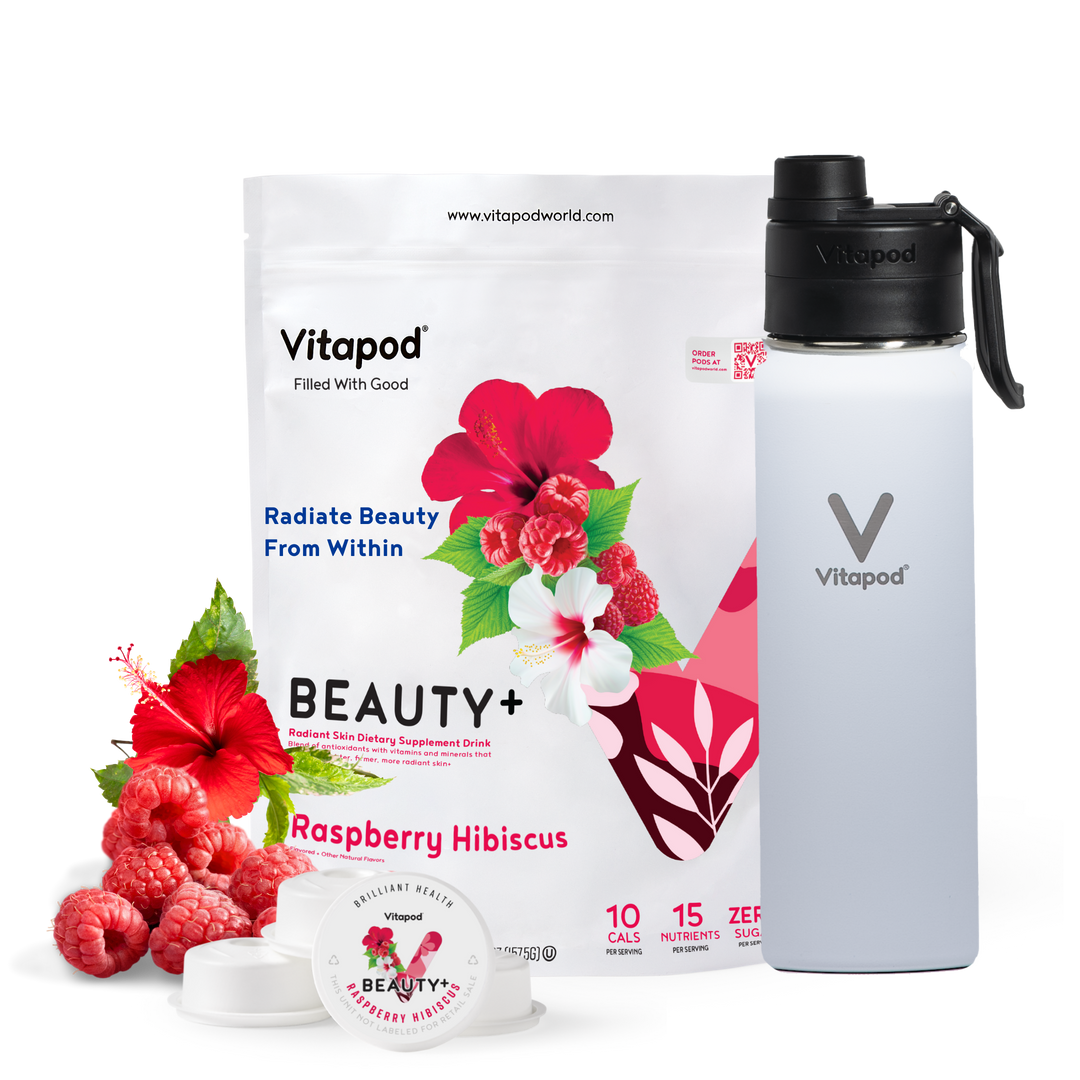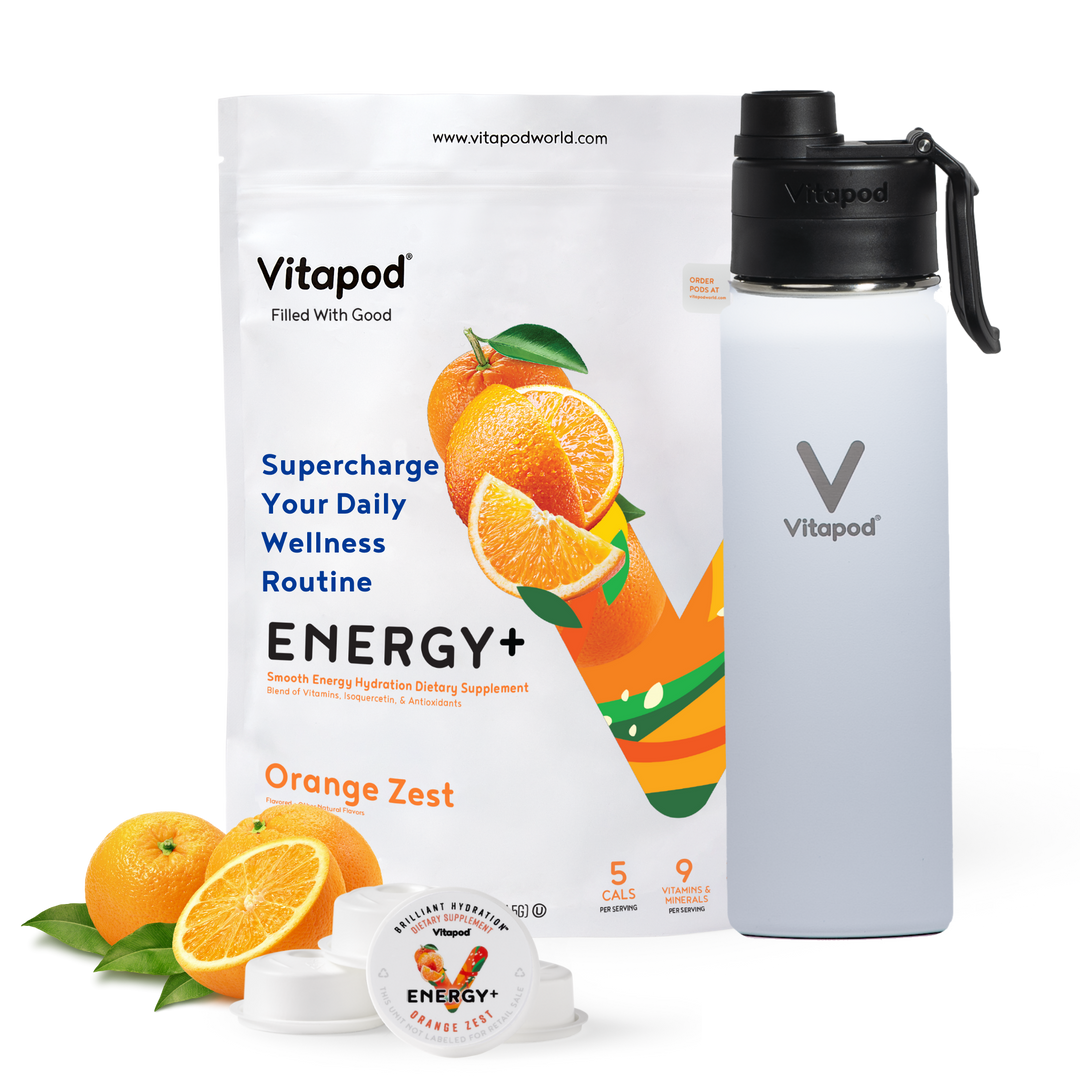The Nutrition Gap and a Healthy Diet
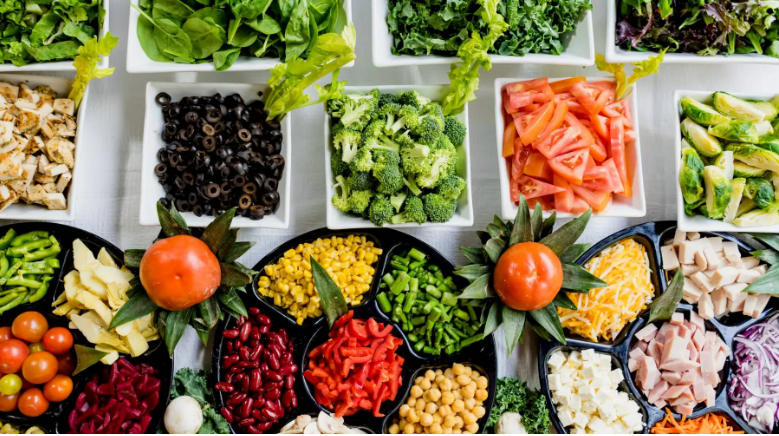
Eating healthy can become quite overwhelming when so much information is thrown out daily about what you should and shouldn’t do when it comes to your diet. Here at Vitapod we want to help you feel and be your healthiest - so we broke down some quick rules of thumb to follow for a healthy diet.
According to the U.S. Department of Agriculture half our daily plate should be filled with fruits and vegetables --with whole grains and healthy proteins, foods such as lean meats, seafood , nuts, seeds, and beans taking up the rest of the plate. Low-fat dairies are allotted a small spot outside of your plate.
Most people fall very short of these dietary guidelines. For example:
- The Dietary Guidelines for Americans recommends that adults consume 1.5-2 cups of fruit a day and 2-3 cups of vegetables of a day – but according to the CDC only 12.2% of American adults are meeting the recommended fruit intake and only 9.3% are meeting the vegetable recommendation.
- According to the Dietary Guidelines for Americans half the grains that adults eat should be whole grains – which is equivalent to 3 to 5 servings. However, the average American eats less than one daily serving of whole grains, and some studies show that over 40% of Americans never eat whole grains at all.
- While whole grain consumption in the U.S is low the intake of foods high in sugars, salt, starches (like white bread, rice, and potatoes), and saturated fats from fatty meats and dairy products is too high.
Despite decades of work by public health groups, there has been very little change in the way most people eat (see Figures 1 to 3). As a result, two major "nutrient gaps" exist. Essential vitamins and minerals found primarily in healthy plant foods are under-consumed, including vitamin A, vitamin D, vitamin E, folate, vitamin C, calcium, magnesium, and potassium. The second nutrient gap, which has only recently been discovered, consists of plant foods with thousands of components called polyphenols that are vital to our health. Plants use these chemicals to protect against sun radiation, invading viruses and bacteria, and provide bright colors to attract pollinators. Polyphenols have also been linked to many health benefits. The typical intake is deficient because the highest levels are found in fruits and vegetables that most people don’t consume.
What’s so special about Vitapod?
Vitapod beverages have been formulated with a focus on these often under-consumed nutrients and polyphenols. Which is why regular intake of Vitapod beverages fills the two nutrition gaps mentioned earlier. By supplementing under-consumed nutrients, you’ll have more energy, feel better mentally and experience fewer colds and other respiratory infections. Long-term, the added flavonoids and essential nutrients will lower the risk of most common chronic diseases.

|
Dr. David Nieman, DrPH, FACSMA pioneer in the research area of exercise and nutrition immunology. |
REFERENCES:
Anderson JJ, Nieman DC. Diet Quality-The Greeks Had It Right! Nutrients. 2016 Oct 14;8(10). https://pubmed.ncbi.nlm.nih.gov/27754409/
Hoy, M.K.; Goldman, J.D.; Sebastian, R.S. Fruit and vegetable intake of US adults estimated by two methods, What We Eat in America, National Health and Nutrition Examination Survey 2009-2012. Public Health Nutr. 2016, 31, 1-5. https://pubmed.ncbi.nlm.nih.gov/27029618/
Nieman DC, Lila MA, Gillitt ND. Immunometabolism: A Multi-Omics Approach to Interpreting the Influence of Exercise and Diet on the Immune System. Annu Rev Food Sci Technol. 2019 Mar 25;10:341-363. https://pubmed.ncbi.nlm.nih.gov/30633566/
Sebastian, R.S.; Wilkinson Enns, C.; Goldman, J.D.; Martin, C.L.; Steinfeldt, L.C.; Murayi, T.; Moshfegh, A.J. A new database facilitates characterization of flavonoid intake, sources, and positive associations with diet quality among US adults. J. Nutr. 2015, 145, 1239-1248. https://pubmed.ncbi.nlm.nih.gov/25948787/
U.S. Department of Health and Human Services and U.S. Department of Agriculture. 2015 – 2020 Dietary Guidelines for Americans. 8th Edition. December 2015. Available at https://health.gov/dietaryguidelines/2015/guidelines/.
What We Eat in America, NHANES 2013-2014, individuals 2 years and over (excluding breast-fed children), day 1. Available: www.ars.usda.gov/nea/bhnrc/fsrg.
Williamson, G.; Kay, C. D.; Crozier, A. The bioavailability, transport, and bioactivity of dietary flavonoids: a review from a historical perspective. Comp. Rev. Food Sci. Food Saf. 2018, 17, 1054–1112. https://onlinelibrary.wiley.com/doi/full/10.1111/1541-4337.12351
Zamora-Ros, R.; Knaze, V.; Rothwell, JA.; Hémon, B.; Moskal, A.; Overvad, K.; Tjønneland, A.; Kyrø, C.; Fagherazzi, G.; Boutron-Ruault, M.C.; et al. Dietary polyphenol intake in Europe, the European Prospective Investigation into Cancer and Nutrition (EPIC) study. Eur. J. Nutr. 2016, 55, 1359–1375. https://pubmed.ncbi.nlm.nih.gov/26081647/
